This is a continuation of my trekking photojournal series – this time trekking through the Annapurna region. The trails were mostly clear, but we met several Nepali groups – either taking a break from school, enjoying Holi, or just out walking the beautiful rhododendron forests around the Poon Hill area – something I have always wanted to do since arriving in Nepal so I was very happy to be able to see them in their full glory.
It was kind of surreal – like a parallel universe surrounded by Nepal’s national flower instead of the Cherry Blossoms of D.C. during peak bloom. And, instead of walking the clean swamp in intense pollen-filled air, otherwise pristine, we walked in the smog filled forests at the foot of the Himalaya due to all of the wildfires across this arid country – something like the Upside Down of Stranger Things.
Our planned 4-day trek by color.
We completed it in 3 and spent the extra afternoon + evening in Pokhara. My analysis showed that it would be a bit more difficult day-by-day (in terms of elevation gain per mile) than our Langtang trek a couple of weeks back, but it actually seemed a lot easier. When I looked at the Garmin data, it showed that the elevation gain was significantly overestimated as we ended up climbing ~39% less than estimated. Combined with the elevation being under ~10,000 feet the entire time, ~11 miles less distance, and having built up my trekking tolerance 😅, it was a breeze! Definitely an awesome beginner trek as is touted. What I was most impressed with was how precise my estimate of the total trek time was – 16 hours and 50 minutes actual vs. 17 hours predicted. That’s within 1%! Here are the actual Garmin daily logs:
- Day 1: Naya Pul to Ulleri
- Day 2: Ulleri to Ghorepani
- Day 2: Ghorepani to Poon Hill
- Day 2: Poon Hill to Tadapani
- Day 3: Tadapani to Ghandruk to Naya Pul
And now for the photos…
Day 1: Naya Pul to Ulleri
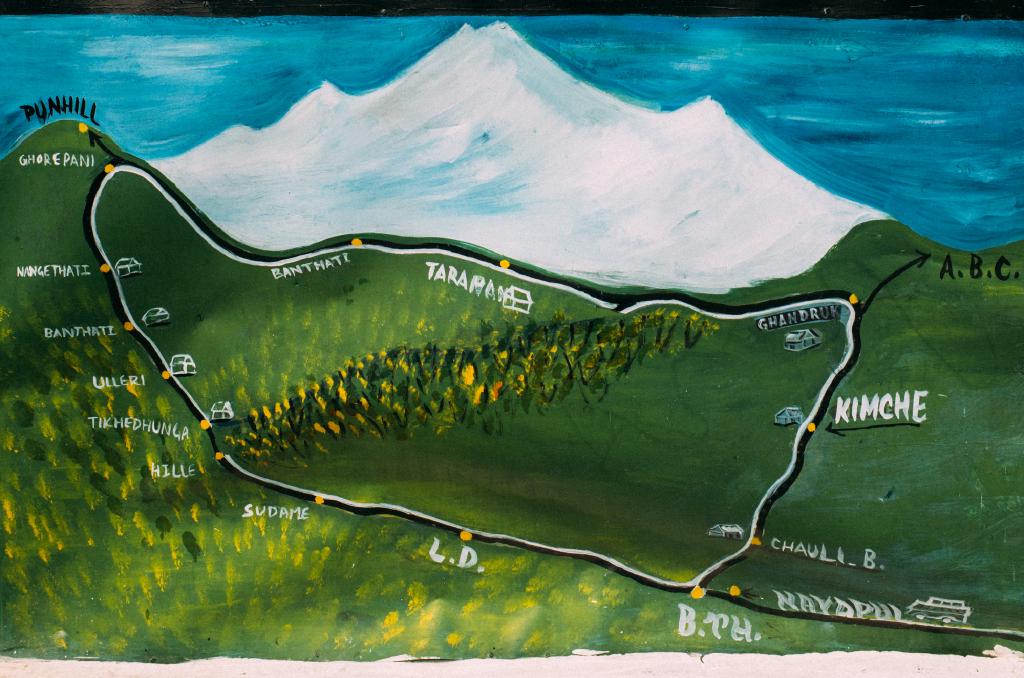
Artistic rendition of our route with elevation countouring!

Off to Ghorepani after having our trekking permits checked.
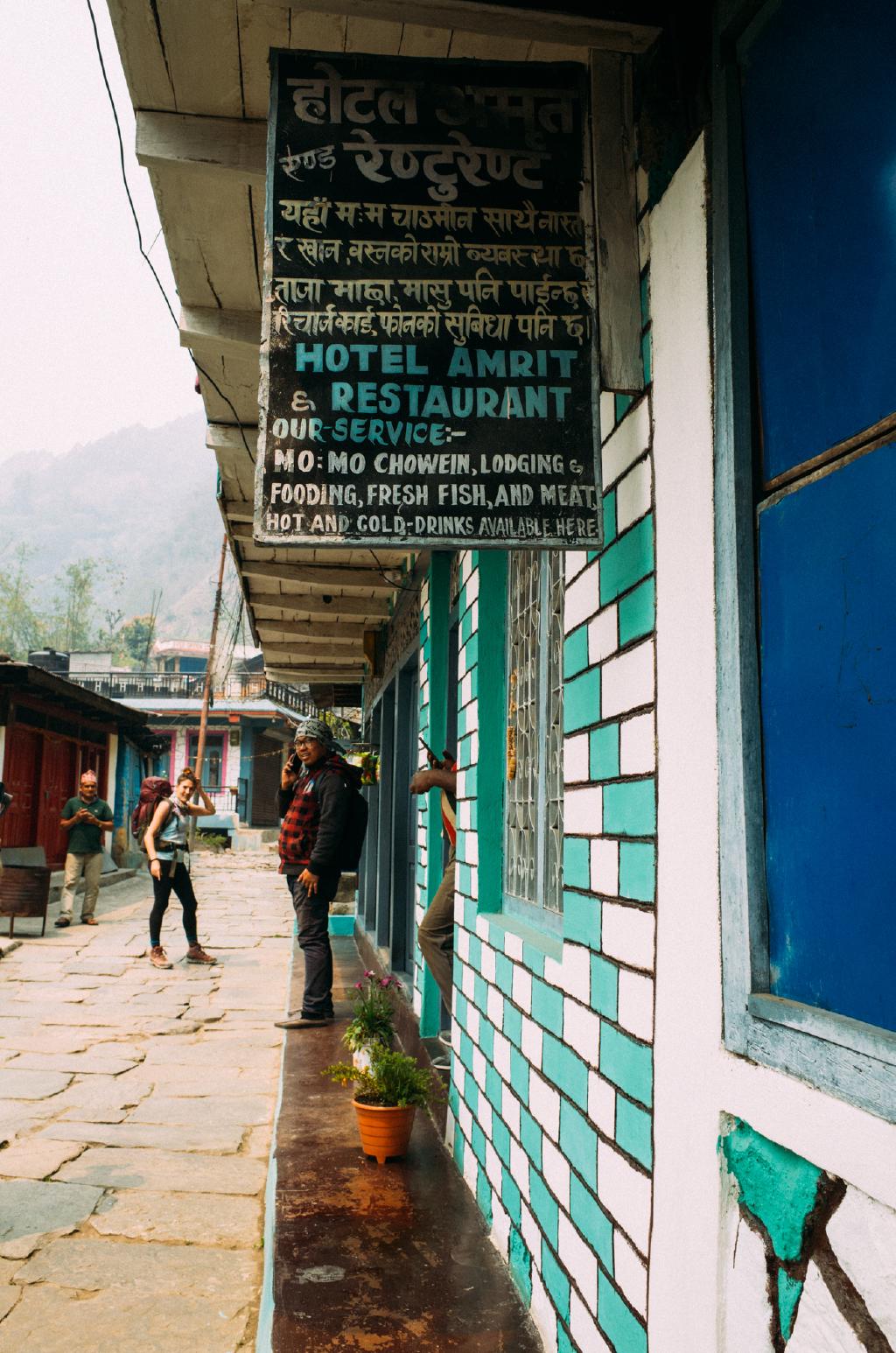
Rose explains on my behalf the feeling of seeing my name everywhere in Nepal.
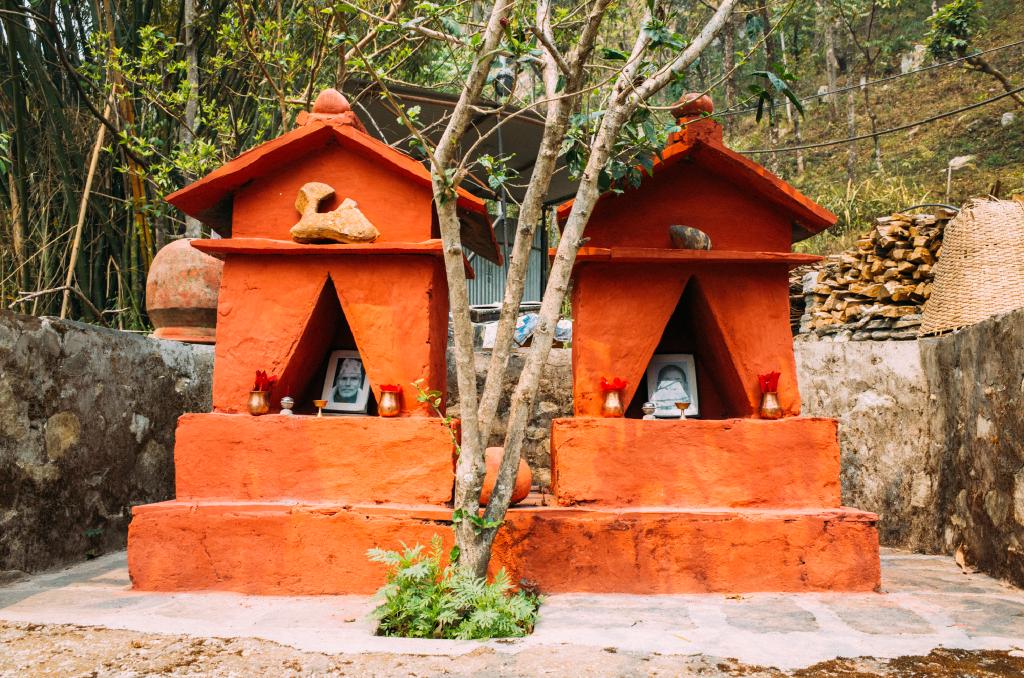
In the Gurung language a funeral is called Pai (Arghum in Nepali). According to Gurung Shamanism, the correct method of dealing with a deceased body is by burial. However, as the Gurung’s have migrated to the lower regions, many have been influenced by Hindus, and cremation is also common. After burial or cremation, the family of the deceased may construct a small shrine on a hill to offer food to the spirit, which remains and may cause misfortune. Source.
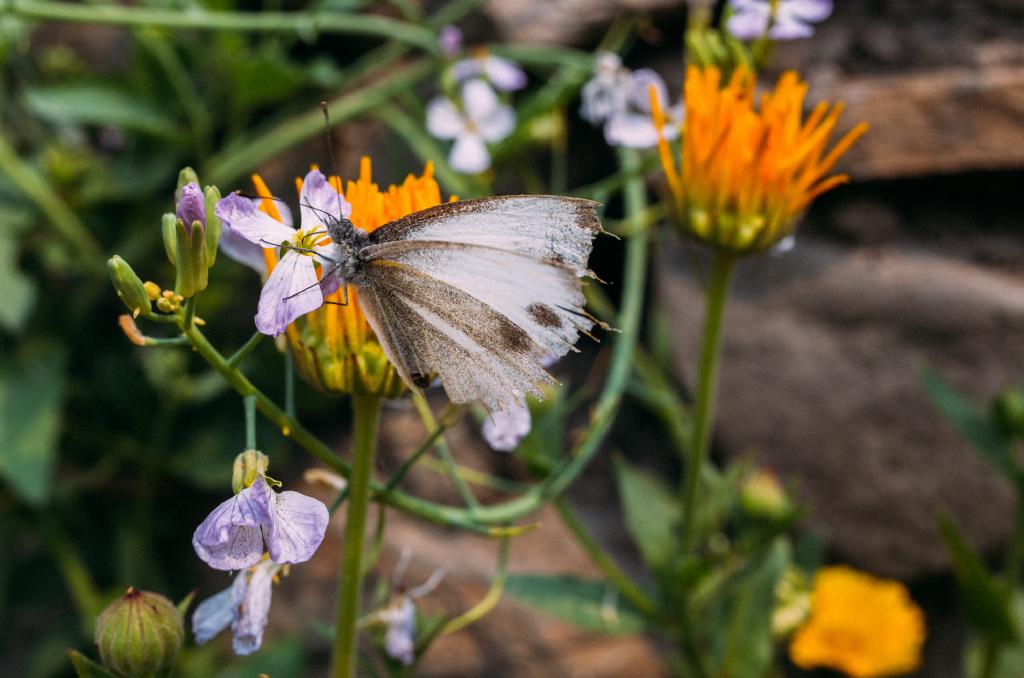
An Indian cabbage white (Pieris canidia) amongst marigolds and bittercresses of the mustard family. It lives in sub-Himalayan locales from 2,000 to 11,000 feet elevation. Source.

Sleepy village life.
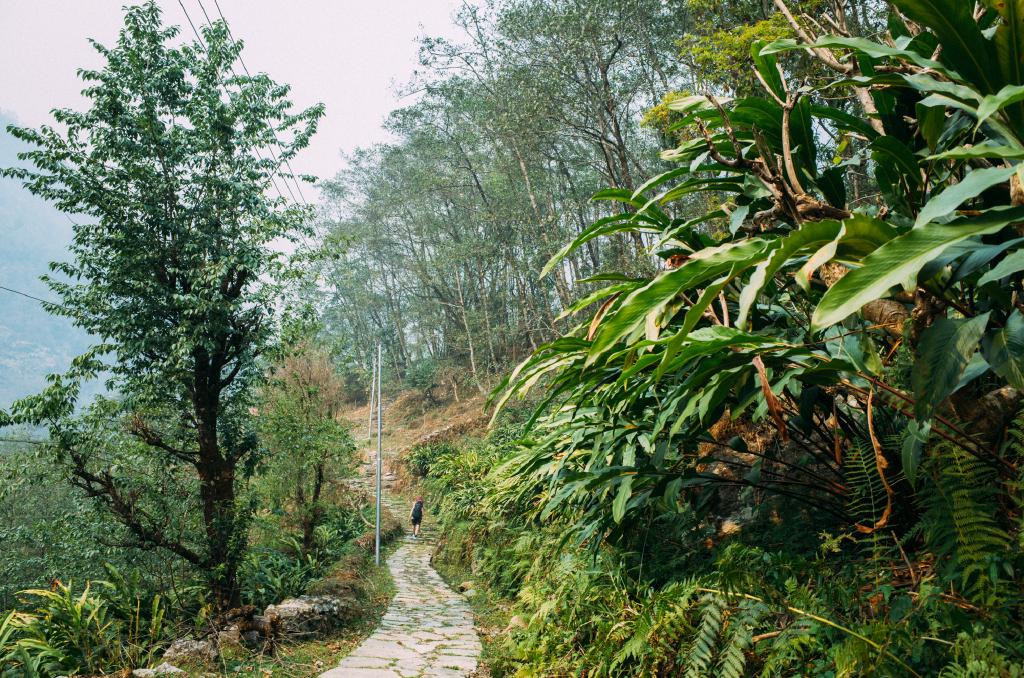
Green views after finding our way off the dusty dirt road on the way to Ulleri.
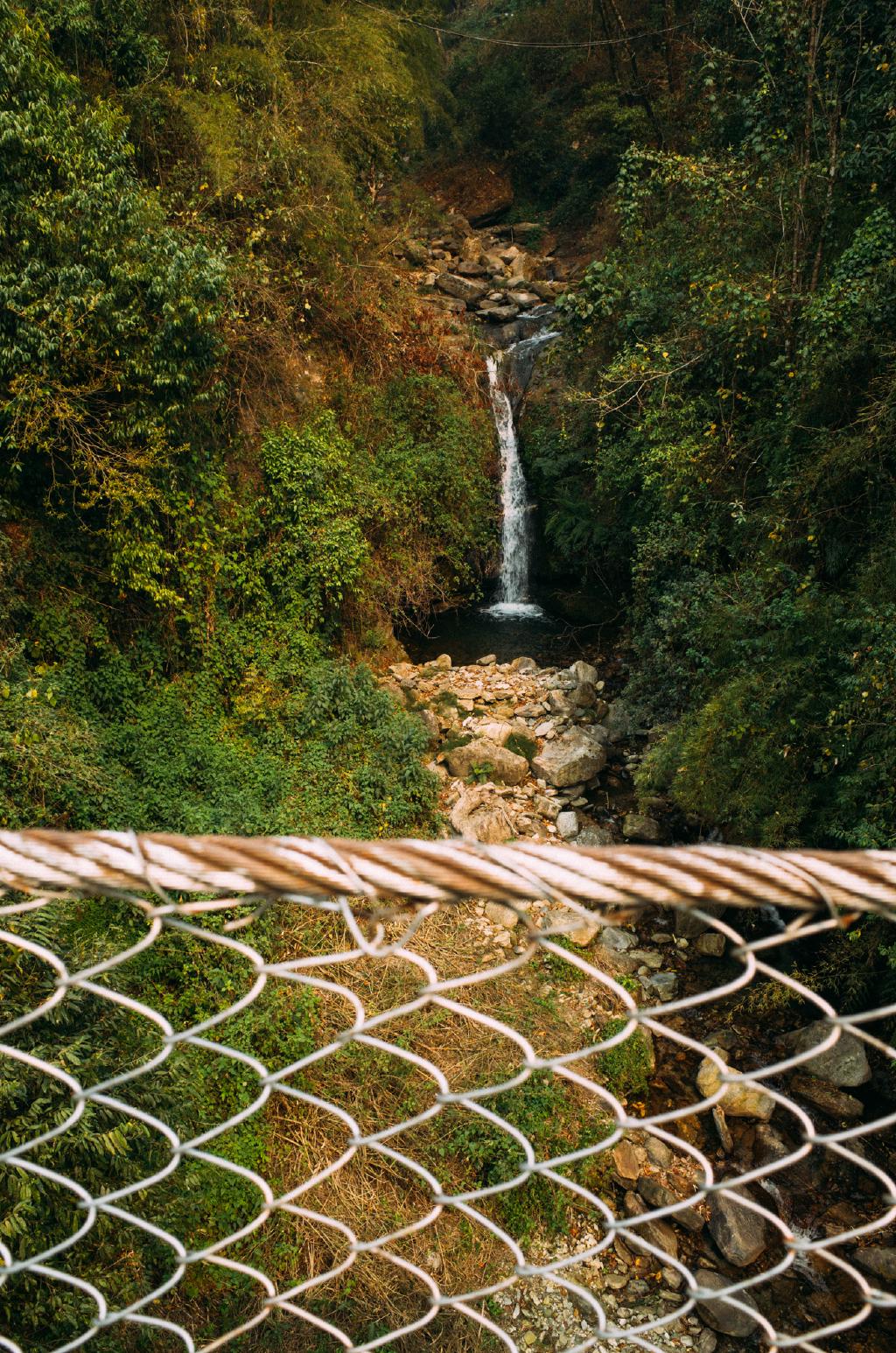



Teahouse snack favorite.
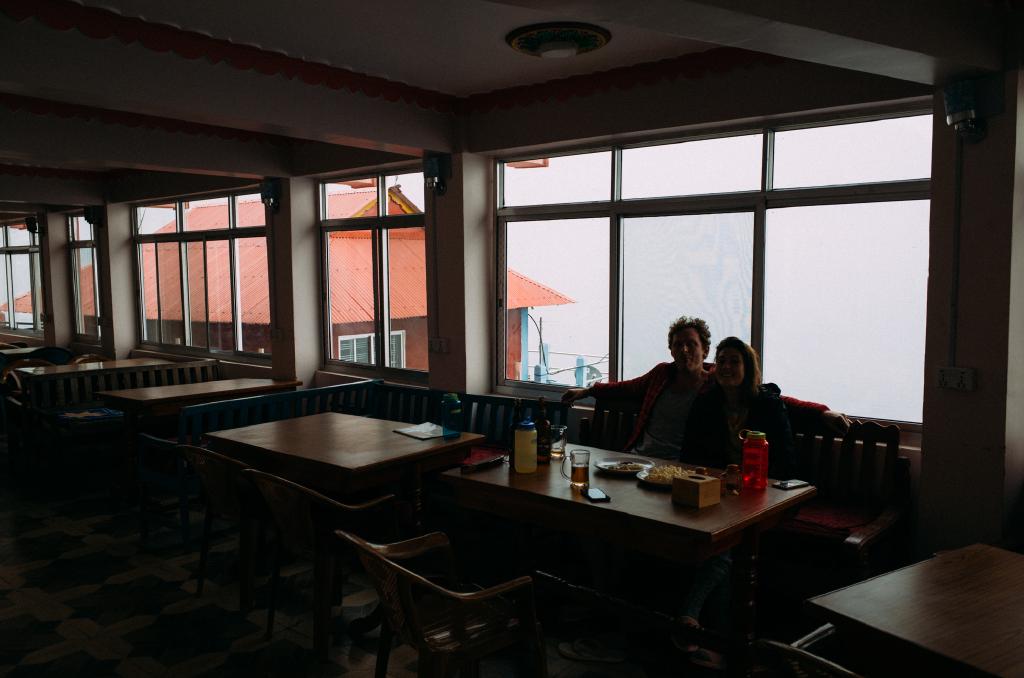
We end the day alone in a large teahouse imagining it normally bustling at this time. The smog hangs in the background blocking the mountain views.
Day 2: Ulleri, Ghorepani, Poon Hill, and Tadapani

Regionally famous deep fried Gurung bread. My breakfast along with home fries and instant coffee.
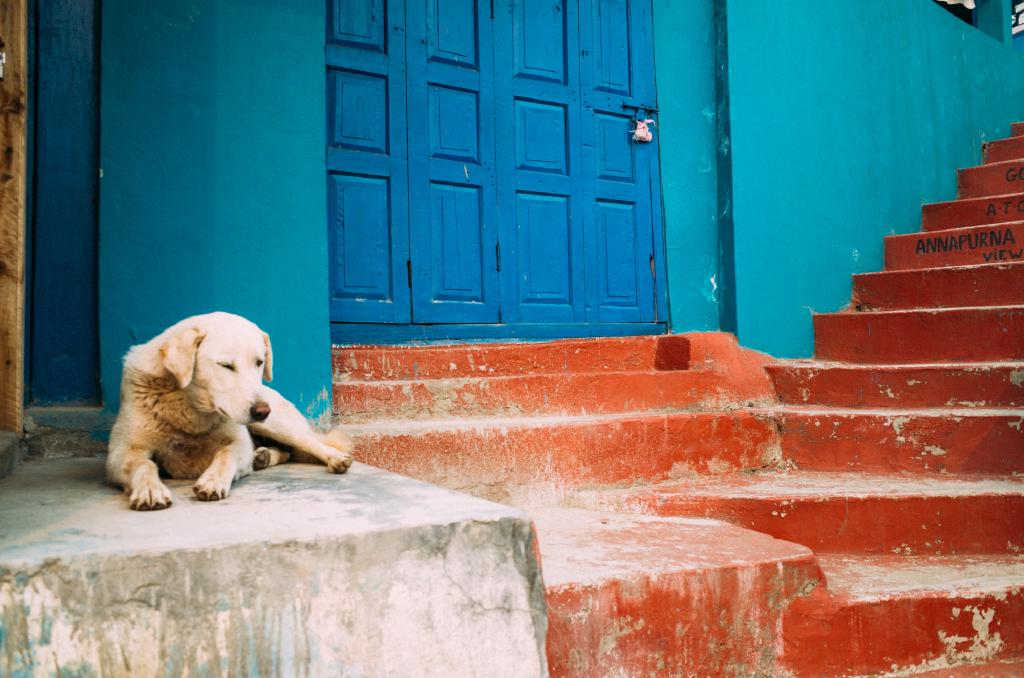

Khamala Guest House signage on the way to Ghorepani.


The unfriendliest dog on our trip. Definitely has a Napoleon complex.
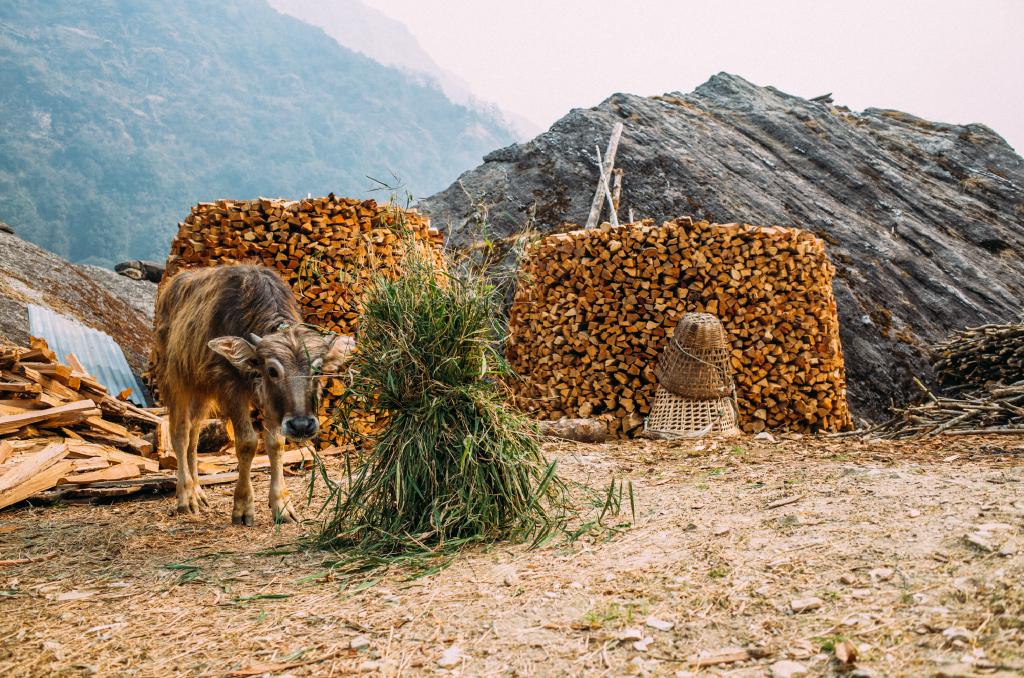
The art of beautifully stacked wood piles.

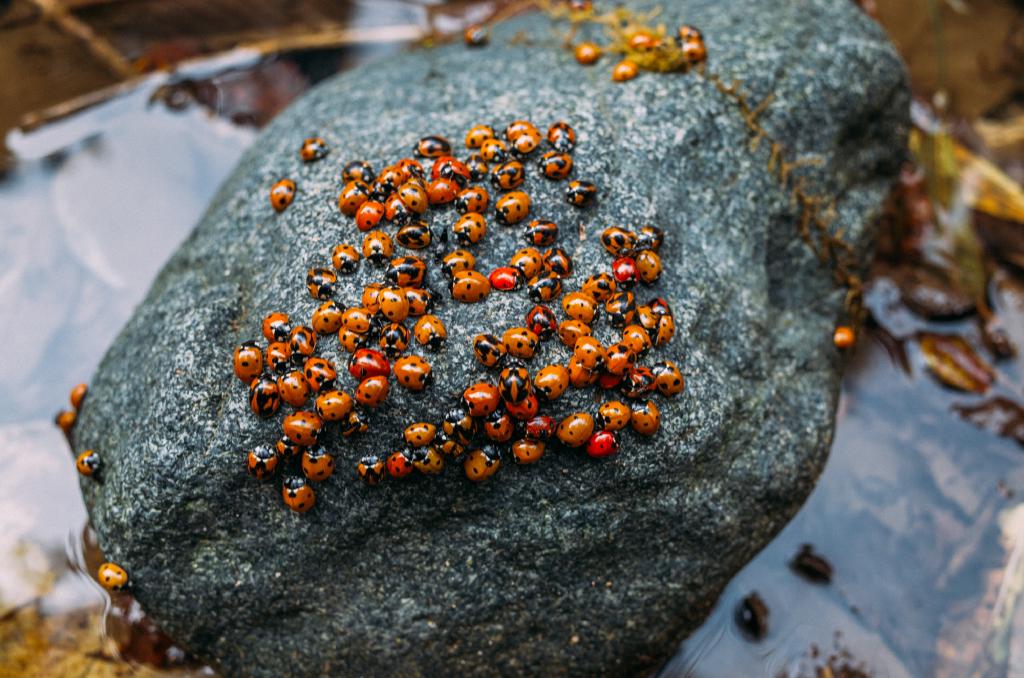
Big enchanted forest vibes.

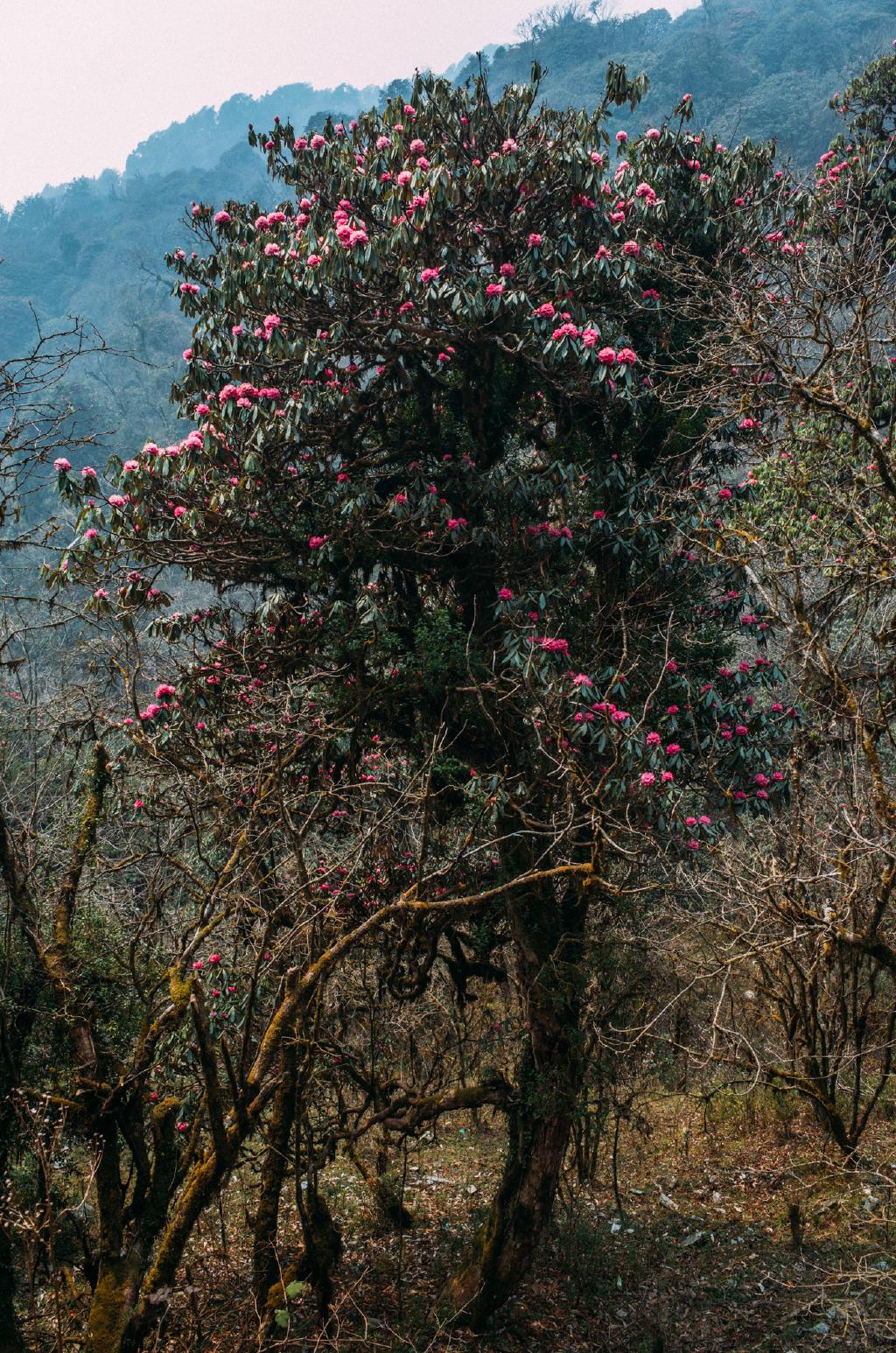
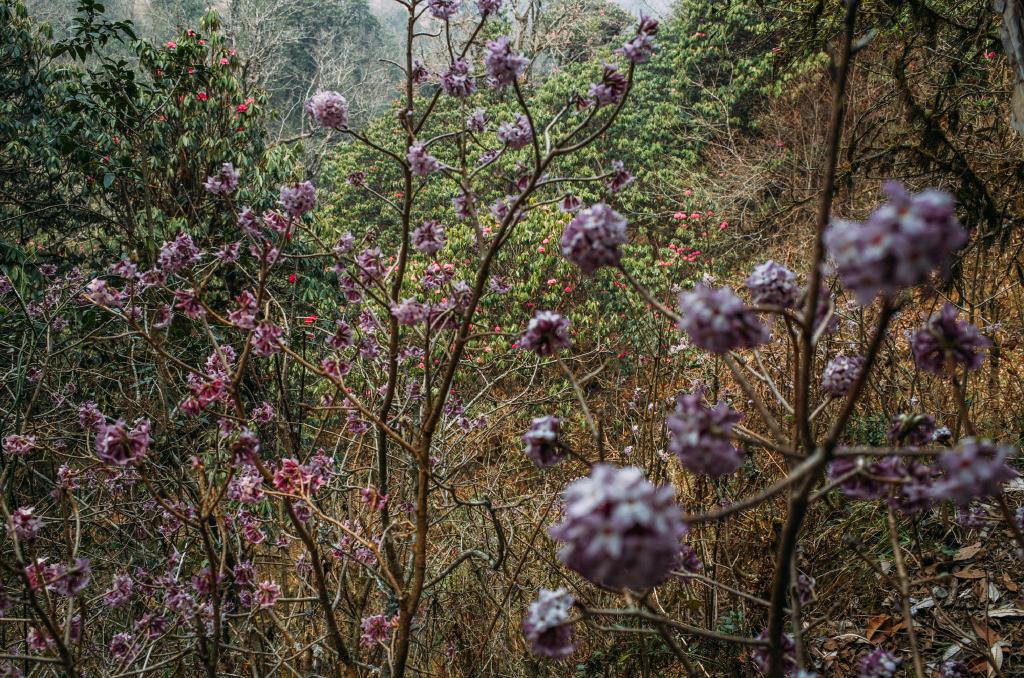

Rhododendron forests during peak bloom were an unexpected surprise.
It is the national flower of Nepal, where the flower is considered edible and enjoyed for its sour taste. The pickled flower can last for months and the flower juice is also marketed. Bonus fun fact: Azaleas make up two subgenera of Rhododendron. They are distinguished from “true” rhododendrons by having only five anthers per flower. Source
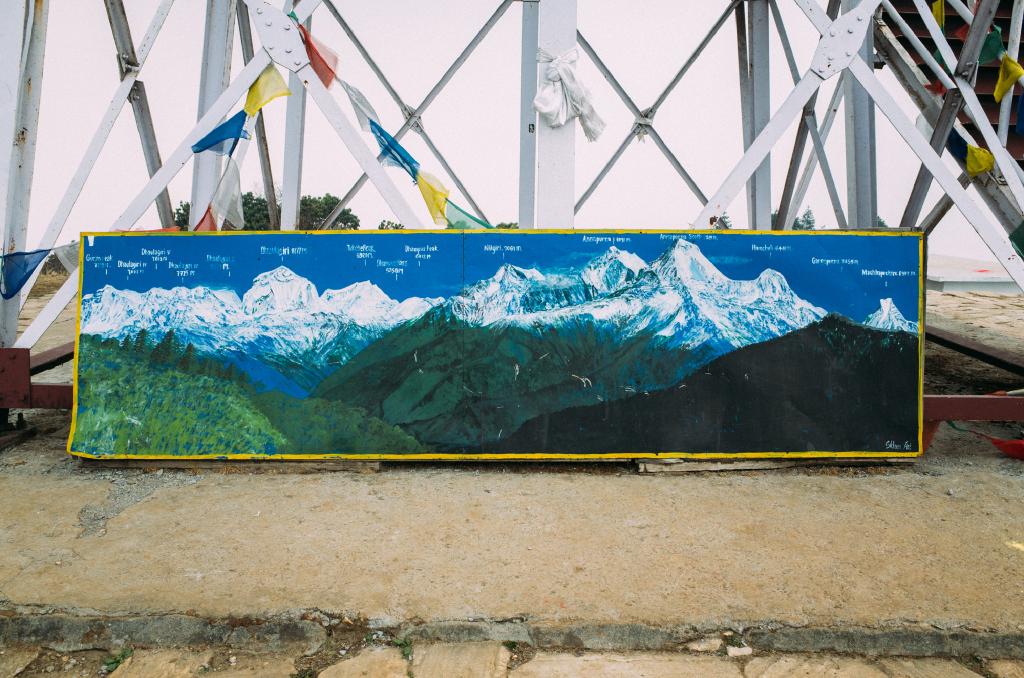
Artistic rendition of the view at Poon Hill. The highlight of the trek was ruined by the smog that persisted throughout the trip.

R.I.P.
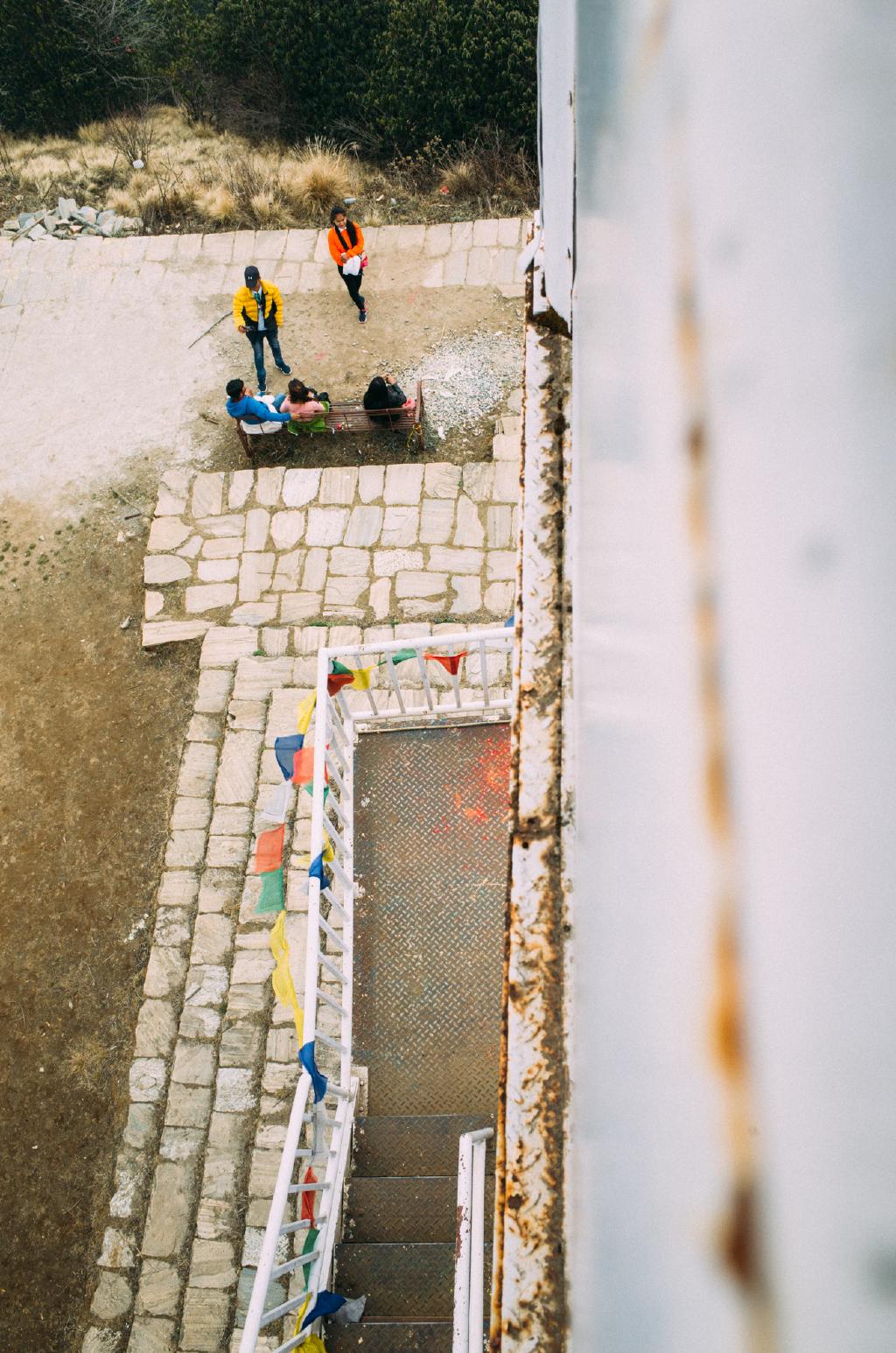
People flags and prayer flags. Looking down from the Poon Hill view tower.

Coincidentally it was the Hindu festival of Holi on the day we reached the pinnacle of our trip.

We met some new friends who invited us to partake in the colorful celebrations.
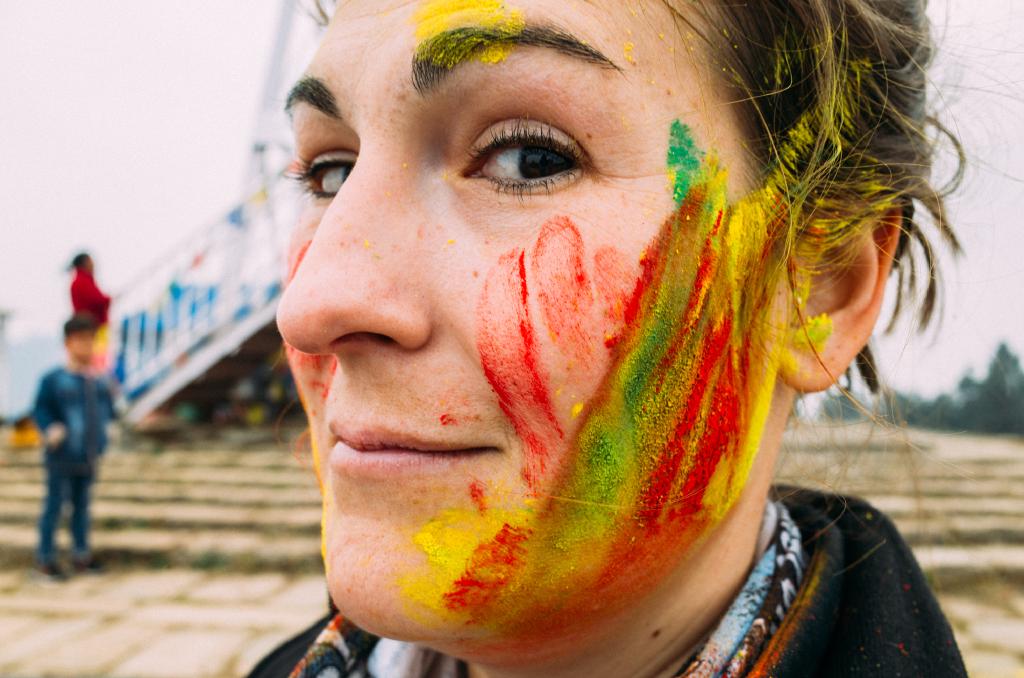


A memorable first time for the 3 of us.

Friends and families make the most of their hard-earned photo sessions amidst the wall of grey.
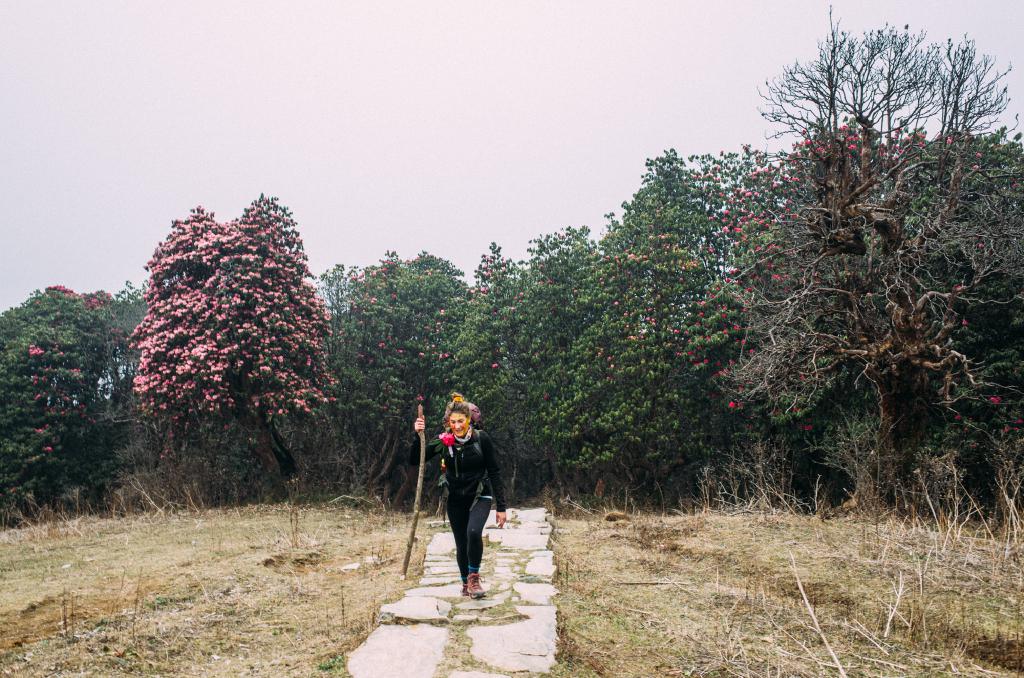
Trekking through the Deurali Pass after Poon Hill.
Day 3: Tadapani to Ghandruk to Naya Pul
I decided to keep the camera mostly hidden this day and enjoyed the final fleeting moments of my Nepal trekking experiences (for now 😉). We leave for Bangkok indefinitely in less than 3 months.
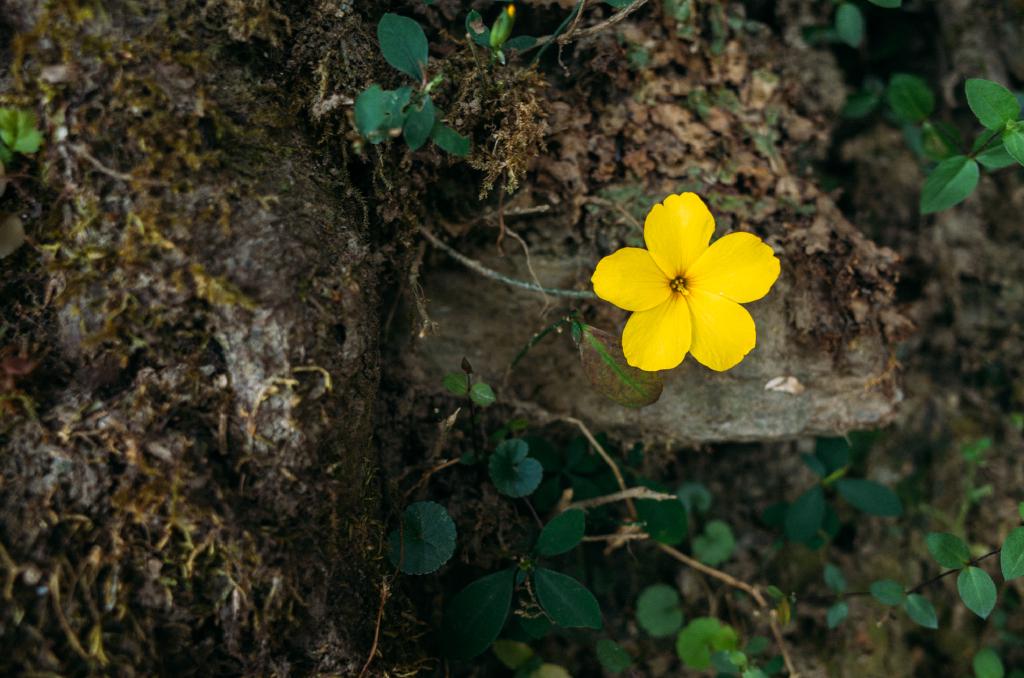
Yellow flax or Golden Girl; Pyauli (प्याउली) in Nepali. It lives in sub-Himalayan locales from 1,500 to 7,500 feet. Source.
Folklore
Pyauli is the name of a maiden who used to live in the Himalayan forest. She was raised by animals and her first contact with a person happened to be a prince. He lived in the plains and one day he traveled to the Himalaya for a hunting expedition. While hunting, he lost his way and came upon Pyauli. Overwhelmed by her unspoiled beauty and natural charm, the hunter forgot his prey and immediately proposed to Pyauli.
Since she was a nature-loving person she was reluctant to leave her home in the mountains, but the prince persuaded her with gifts and a promise of a comfortable, luxurious life in his palace in the plains. She soon grew to love him very much and their wedding was celebrated with lavish ceremonies and feasts. However, despite all of this luxury, she retained her fresh and simple innocence.
As time passed, she gradually became ill and weak with her longing for home, though her beauty never waned. The prince summoned doctors to cure her but none of their medicine had any effect. Taken away from the mountain she could not survive the heat and dust of the plains. When she finally died, Pyauli was cremated and the prince carried her ashes back to the mountains. This had been her final request and her ashes were scattered in the forests and meadows, which had been her home. Where the ashes fell, a bright yellow flower bloomed out of the dead leaves on the ground. These blossoms are called Pyauli in her memory. Source.

Men chat next to a solar panel array powering a mobile phone mast as we leave Ghandruk for Naya Pul.
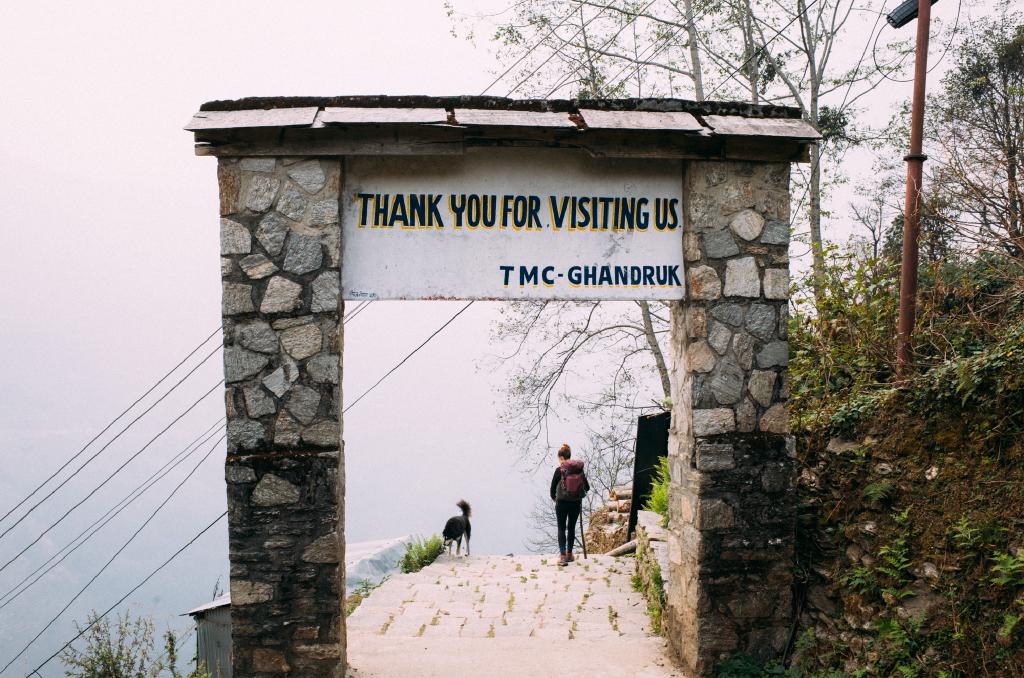
We soon start to wind our way down the switchbacks on the nearby dirt road back to Naya Pul taking shortcuts through farmland.